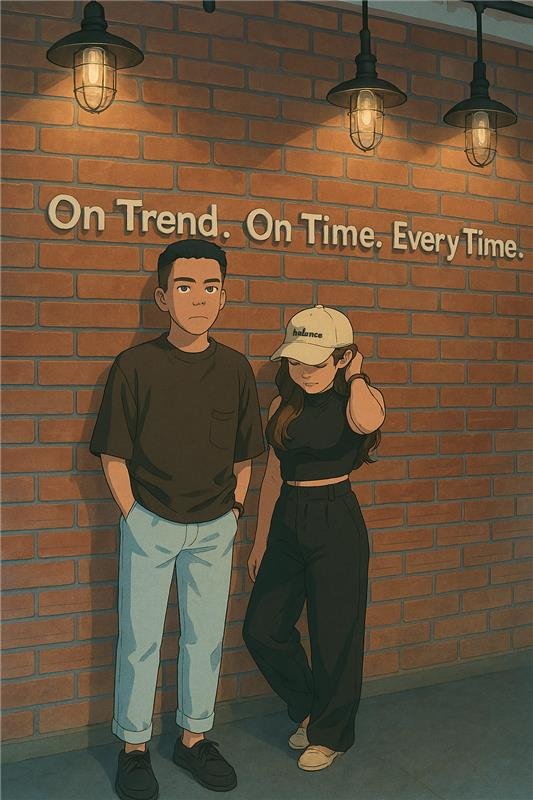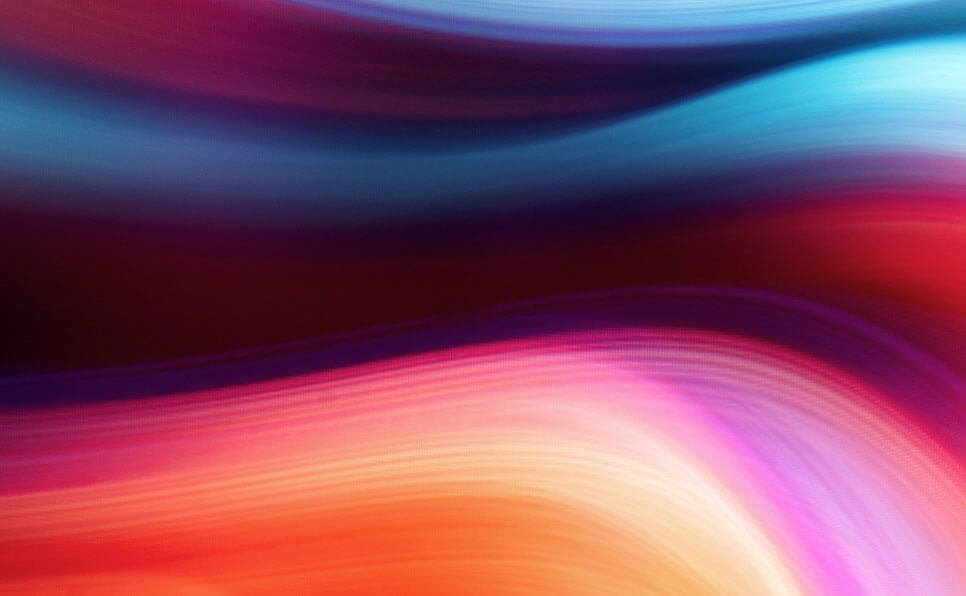If you’ve ever dreamt of stepping into a Studio Ghibli film — walking alongside Totoro or drifting through the skies like in Howl’s Moving Castle — you’re not alone. The soft watercolor palettes, whimsical backdrops, and emotion-laced aesthetics of Ghibli have captured imaginations for decades. Now, thanks to advances in artificial intelligence, your dream might not be as far-fetched as you think.
The Ghibli filter is a trending AI-powered visual filter designed to transform ordinary photos into Ghibli-style art. Think lush forests, sun-drenched streets, and dreamy skies — all bathed in that signature animation style that Studio Ghibli fans know and love.
This filter is often powered by deep learning models like Stable Diffusion or GANs (Generative Adversarial Networks), which are trained on thousands of Ghibli-inspired images. When you apply the filter, the AI interprets your original photo and reimagines it in a style that mirrors the delicate brushwork and dreamy aesthetic of films like Spirited Away, My Neighbor Totoro, or Princess Mononoke.
Ghibli Filter on AI: How Studio Ghibli-Inspired Filters Are Breathing Magic into Your Photos
Why Is It So Popular?
1. Nostalgia Meets Innovation
Let’s be real: everyone loves a bit of nostalgia. Combine that with the magic of cutting-edge AI, and you’ve got a viral trend on your hands. People aren’t just posting selfies — they’re posting entire dreamscapes of their hometowns, pets, and travels, all reimagined as if Hayao Miyazaki directed them.
2. Social Media-Ready Aesthetic
Platforms like Instagram, TikTok, and Pinterest thrive on visually striking content. The Ghibli filter adds a fairy-tale quality that stands out in a feed full of real-life snaps. It’s not just a filter; it’s a mood.
3. Creative Empowerment
For amateur artists and non-designers, Ghibli filters offer an accessible way to create beautiful, stylized images. You don’t need to know Photoshop or painting techniques — the AI handles it all. It’s creativity democratized.
How Do Ghibli Filters Work?
AI filters like this use complex algorithms that mimic artistic styles through a process called style transfer. Essentially, the AI separates content (what’s in your photo) from style (how it looks), then re-renders your image with the chosen visual aesthetic.
The training process involves feeding the AI massive datasets of both real-life images and Ghibli-style illustrations. Over time, the model “learns” how to reproduce the visual characteristics of the Ghibli universe — the soft gradients, whimsical lighting, and serene compositions.
Popular platforms like Lensa, Fotor, or custom tools built with Stable Diffusion models now offer filters labeled “Ghibli-style,” “anime dream,” or similar.
Are There Any Limitations?
Yes, and it’s worth noting:
-
Quality varies: Depending on the AI tool you use, the results can range from jaw-dropping to laughably off.
-
Ethical concerns: There are ongoing discussions about training AIs on copyrighted artwork. While most models use “Ghibli-inspired” images rather than direct film stills, it’s still a gray area.
-
Overuse: Like any trend, the magic can wear off if it becomes too saturated.
How to Use the Ghibli Filter Like a Pro
Want your photos to look straight out of Castle in the Sky? Here are some tips:
-
Choose scenic shots — nature, architecture, or anything with interesting light makes the filter shine.
-
Avoid cluttered backgrounds — the AI might struggle with too many elements.
-
Use high-resolution images for better results.
-
Experiment with lighting — golden hour pics tend to turn out the most magical.
The Future of AI and Artistic Filters
The Ghibli filter is just the beginning. As AI tools become more advanced, we can expect even more nuanced and customizable filters. Want your photo in Van Gogh’s brush strokes? Or as a 1920s noir comic? It’s all within reach.
Moreover, AI-generated art is finding a place not just in fun filters, but in film pre-visualization, advertising, and even fashion. What started as a niche TikTok trend might end up reshaping how we create and consume visual media.


